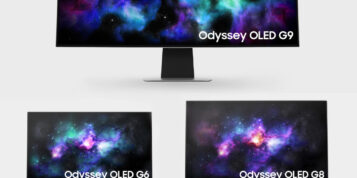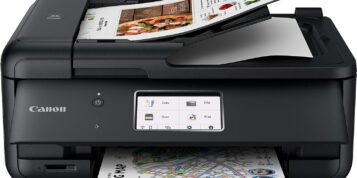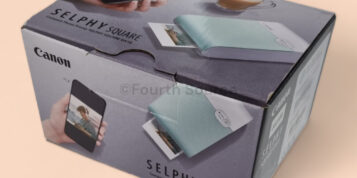Wimbledon has become a British institution over the years; in fact, few sporting events bring the nation together quite as effectively. But the appeal of Wimbledon goes far beyond Britain’s shores, with the Championships now boasting a global audience of more than 1bn people in 200 territories.
With numbers like these, it’s no surprise that marketers are taking a closer look at the newest tools and techniques being used to engage with this vast audience – and virtual reality (VR) and augmented reality (AR) are likely to be high on their list.
So, first things first: what’s the difference between VR and AR? In short, AR enhances an individual’s perception of reality, whereas VR replaces the real world with a simulated one. Several companies are making steady headway in this area – and Wimbledon is the perfect place to see some of them in action.
Front row seats
The people sitting courtside at Wimbledon only represent a tiny fraction of the total audience, in part due to geography, but also as a result of the scarcity – and price – of the tickets. Fortunately, technologies like VR and AR now make it possible for a much larger group to share this same experience.
The truth is that this technology has the potential to bring the excitement of Wimbledon to consumers all around the world – and in some cases, enhance the experience. For example, VR headsets can give viewers the option to replay points or view live stats and player information, right in front of their eyes. The soft drink brand Robinsons, one of the tournament’s sponsors, is using this technology to let consumers see the match from the point of view of the umpire’s chair, complete with a 360-degree view of the action.
Of course, this is just the beginning; the opportunities for other brands are endless. Champagne producers, for example, could encourage customers to sample their wares in between sets while watching the match on a specially branded headset. Other consumers may enjoy the chance to play tennis against a virtual Andy Murray or Serena Williams – who may happen to be wearing trainers being promoted by a well-known brand.
Looking beyond Wimbledon
Incorporating AR and VR technologies into the marketing mix can give brands the opportunity to pursue ideas like these and more, thereby enhancing the experience for customers whilst also building their brand. For marketers, the results can be significant – not only in terms of the effect on brand recognition, but also as a result of the global reach these campaigns can deliver.
After all, Wimbledon may be dominating the headlines right now, but there is no reason why VR and AR technology can’t be used to capitalise on other sporting events as well. Already, 360° digital cameras are making it possible for fans around the world to watch any type of sporting event as if they were actually in the stadium, simply by slipping on a VR headset.
Viewing a match in this way may sound exciting – and it is – but the other benefit of this technology is the interactive opportunities it provides. For example, many sports fans would love the opportunity to run next to a virtual Kelly Holmes on a treadmill or kick a virtual football with Joe Hart in goal. Away from the playing field, brands could also use VR and AR technology to let consumers ‘try on’ various types of sportswear, read the care instructions, view different options in multiple colours – and then buy the item and have it shipped to their home address with the click of a button.
Practice makes perfect
Examples like these are exciting – but, for the moment, the widespread use of VR and AR for marketing is still quite far off. Like many of the technologies that have come before, AR and VR will need to reach ‘critical mass’ before they can gain mainstream acceptance – yet only 10 million VR headsets were sold worldwide last year. Yes, marketers keep hearing that this will be ‘the breakthrough year’ for AR and VR, but the truth is that the technology hasn’t developed as quickly as the creative ideas for how to use it.
Without a doubt, VR and AR still have the potential to completely transform the ‘customer experience’; it will just take time. Some brands will probably wait until the technology supporting AR and VR is more readily accessible, but others are likely to try to stay ahead of the curve by making it accessible themselves.
Regardless of the specific timescales involved, VR and AR technology is destined to feature in many companies’ marketing efforts in the coming years. Digital technology is already blurring the line between the real and online word, and VR/AR is certainly a logical – and exciting – extension of that shift. In fact, as user acceptance grows and this technology becomes more mainstream, marketers will have the opportunity to create a user experience that is limited only by their imagination.





